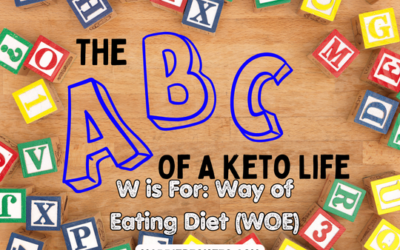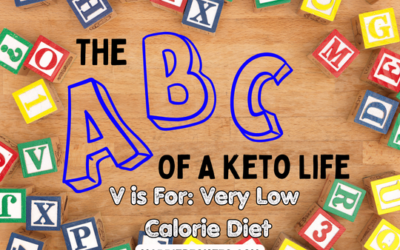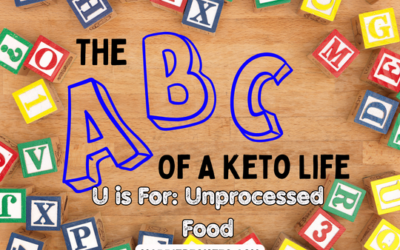What’s the first thing we learn as children? Our ABC’s. So, we thought it would be a fun idea to do the ABC’s of keto! This blog series looks at some of the main ideas and the not-so-main ideas of keto as we work our way through the alphabet. The next one in our series is: G is for the glycemic index.
What is the Glycemic Index?
The glycemic index (GI) is a scale that measures how quickly and how much a carbohydrate-containing food raises blood sugar levels. Foods with a high GI means our bodies digest them quickly. Our bodies absorb foods with a low GI more slowly. This means blood sugar levels are not raised as quickly or dramatically. This index was first created by Professor David Jenkins in Canada in 1981. He published the findings in the American Journal of Clinical Nutrition that same year.
The glycemic index is a term many people with insulin concerns will know well. If you have insulin resistance, hyperinsulinism, or diabetes, you’ll know the importance of keeping track of this little friend. If you need your blood sugar to remain stable, you eat foods on the lower end of the glycemic index. On keto, you eat foods that are on the low level of the GI.
The Glycemic Index Scale
That’s a whole lot of information in one section, but what does it mean? Let’s take a look at the different levels. A GI of 55 or lower on the low end of the index. On keto, we tend to eat foods that are on the 0-10 range of the scale. This includes carbs such as green peppers, broccoli, cabbage, lettuce, and mushrooms. Foods at this point on the scale don’t raise your blood sugar or cause your body to make insulin. That means that your body continues to burn fat instead of sugars, and you stay in keto.
You will recognize a list of foods that are higher on the GI, but still within the low part of the index, as foods that we don’t eat on keto. Some of the foods listed between 11 and 30 include cherries, plums, whole milk, and cashews. The foods that are in this range of the glycemic index include apples, pears, oranges, soy milk, oatmeal, and beans.
Higher Up on the List of Blood Sugar Spikers
Medium GI is 56 – 69. This includes some fruit, whole wheat products, and sweet potatoes. Most health professionals consider these foods to be healthy and part of a good, healthy diet. It includes foods like corn, whole wheat bread, bananas, and grapes. They are not keto-friendly though. If you eat these, they will kick you out of ketosis and you will be burning glucose again for energy.

The high part of the glycemic index includes refined grains, sugary foods, and some starchy vegetables. When you eat these foods, your body is in full out insulin creating mode. White bread, cereals, pretzels, and baked potatoes would fall into this category. It’s not that the foods are necessarily “bad” but they aren’t keto and they will spike your blood sugars.
Sugar Alcohols and the Glycemic Index
On keto, we use sweeteners because refined sugar spikes our blood sugar levels and kicks us out of ketosis. But, not all sweeteners are created “equal” (see what I did there?). Erythritol is a sugar alcohol that is generally considered to have a very low glycemic index. Like fiber, erythritol is not metabolized and our bodies excrete it unchanged in the urine. Basically, it comes, it sweetens, and it leaves without incident.
Xylitol is a sweetener often used in gum and breath mints. It has a moderate glycemic index, but its impact on blood sugar is still lower than that of regular sugar. Our bodies absorb it slowly and it has a relatively small effect on blood glucose. FYI, it is toxic to dogs, so if your dog eats something with xylitol in it, take it to a vet immediately.
Maltitol is a sugar alcohol with a higher glycemic index. It can have a more significant impact on blood sugar, so it may not be suitable for individuals who need to closely manage their blood glucose levels. It can also cause very acute and immediate stomach issues. Truly, if you take in maltitol, you may as well just eat sugar, in my opinion.
A Final Thought
The glycemic index is important to be aware of when you are doing keto. It may not be life or death like it is for people with diabetes, insulin resistance, and hyperinsulinism. It will kick you out of ketosis if you venture too far up the scale. This is just one more part of the puzzle that is keto. Before, you may have noticed that there are foods you can and cannot eat on keto. Now, you know one of the reasons why.
Wendy





